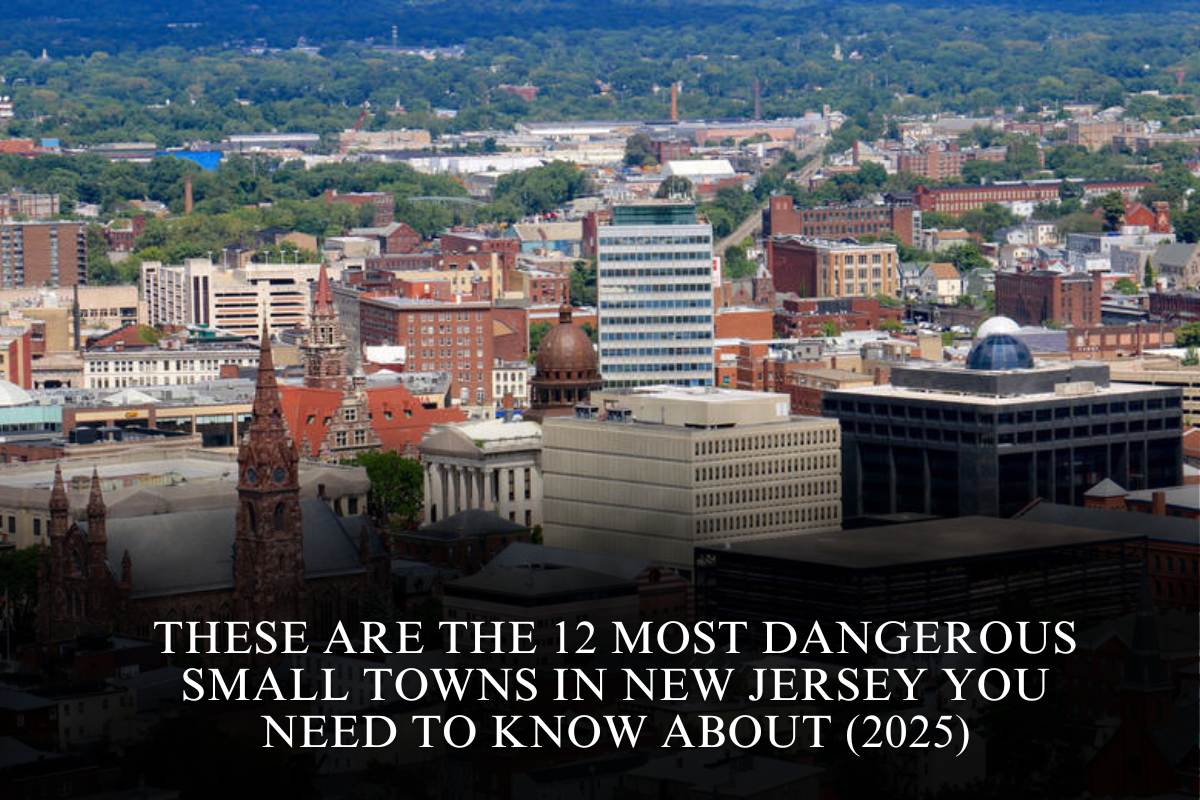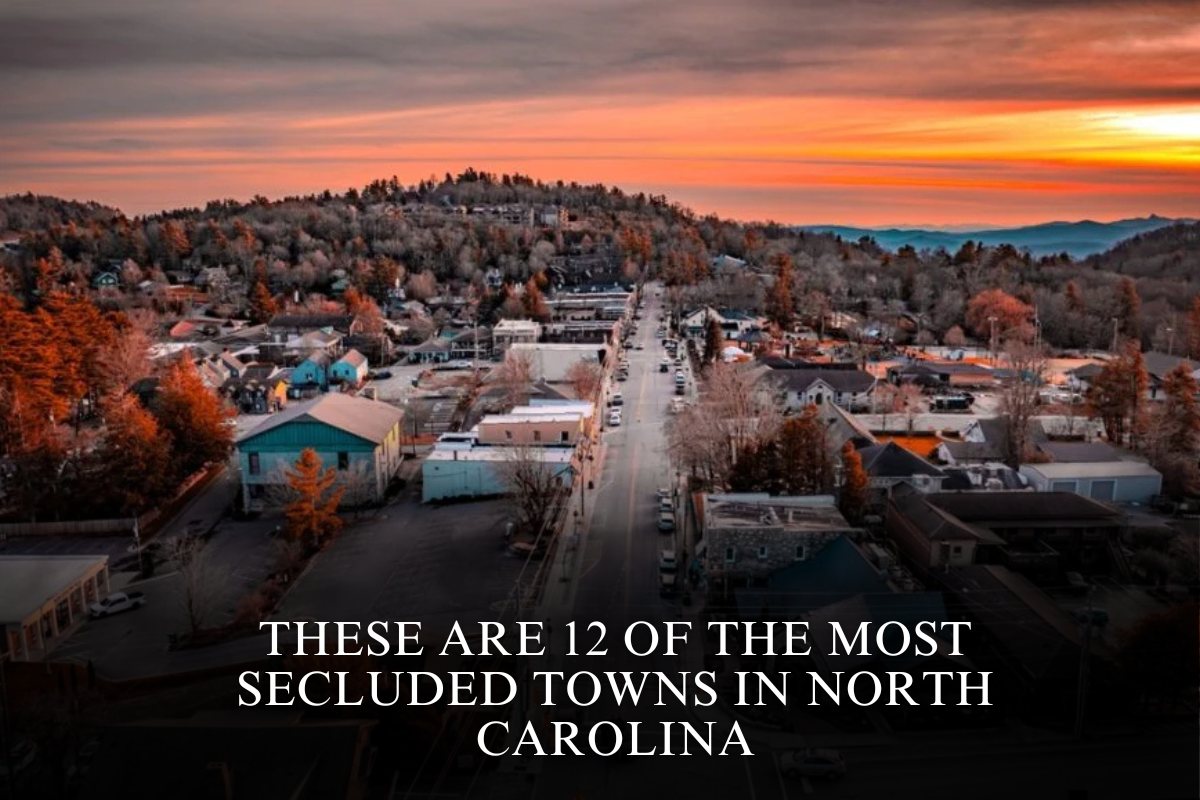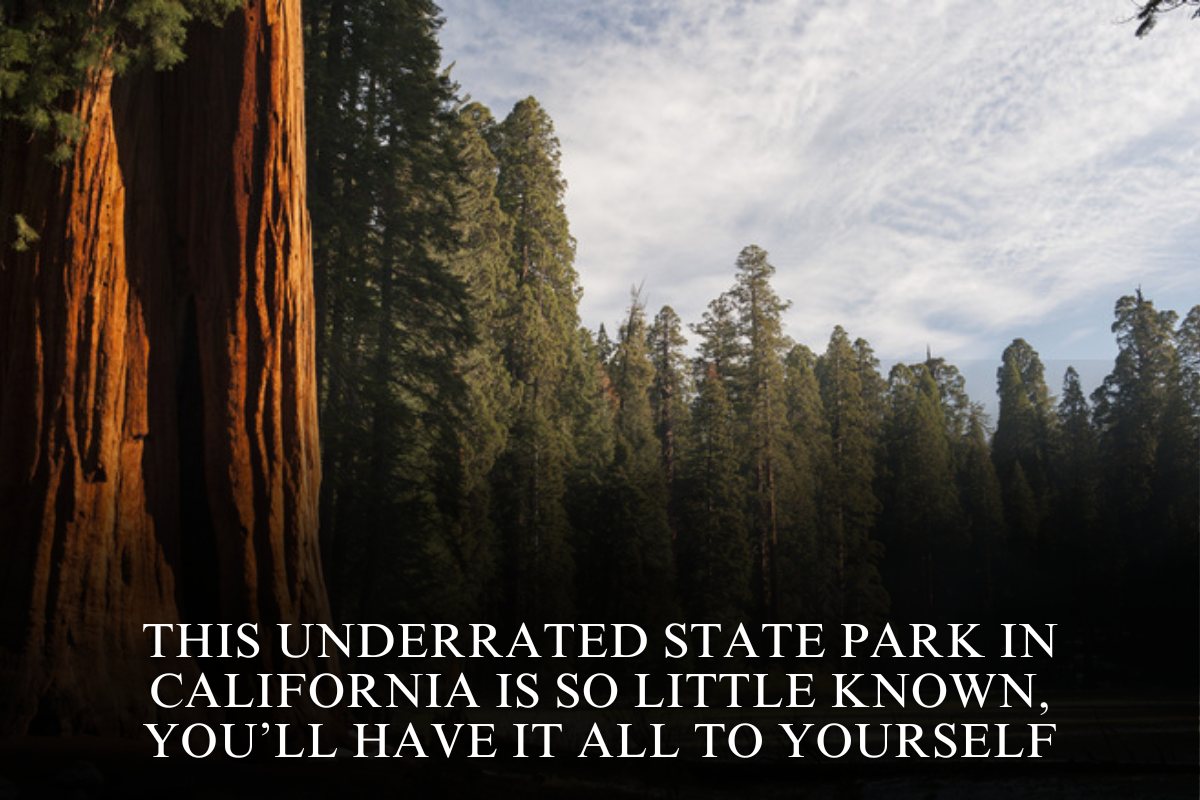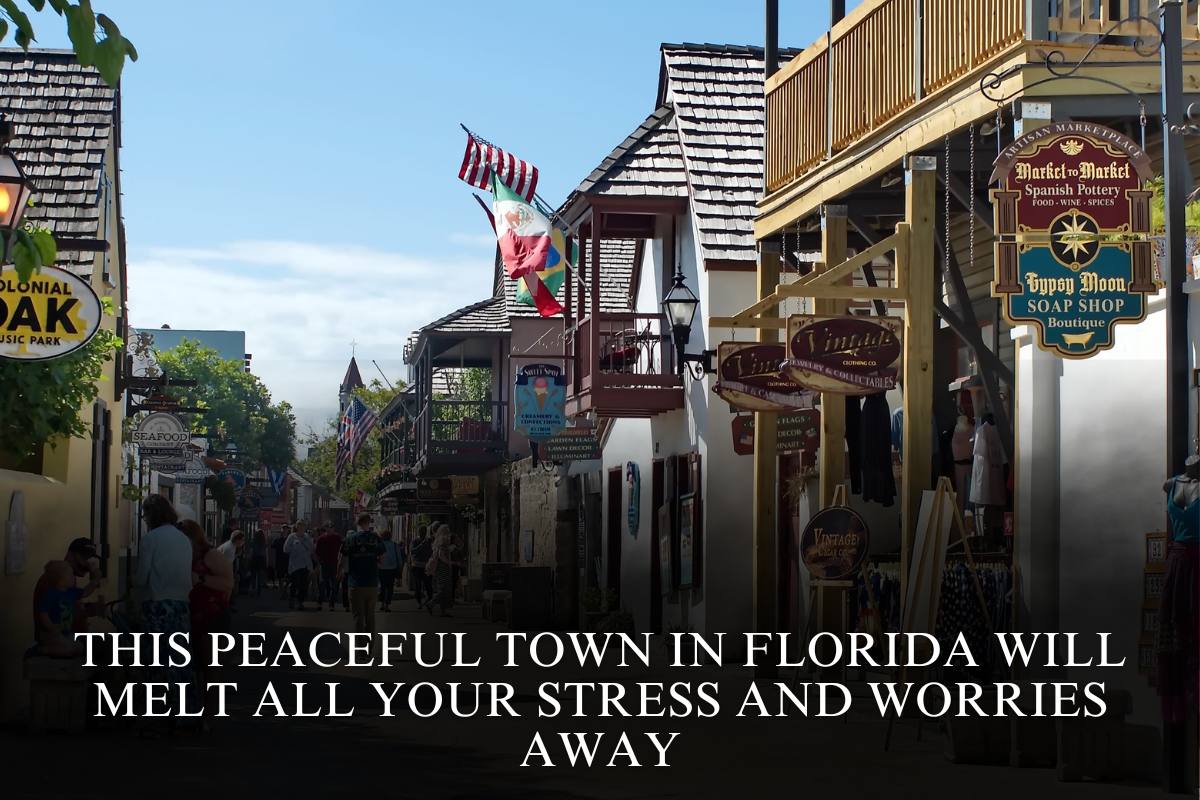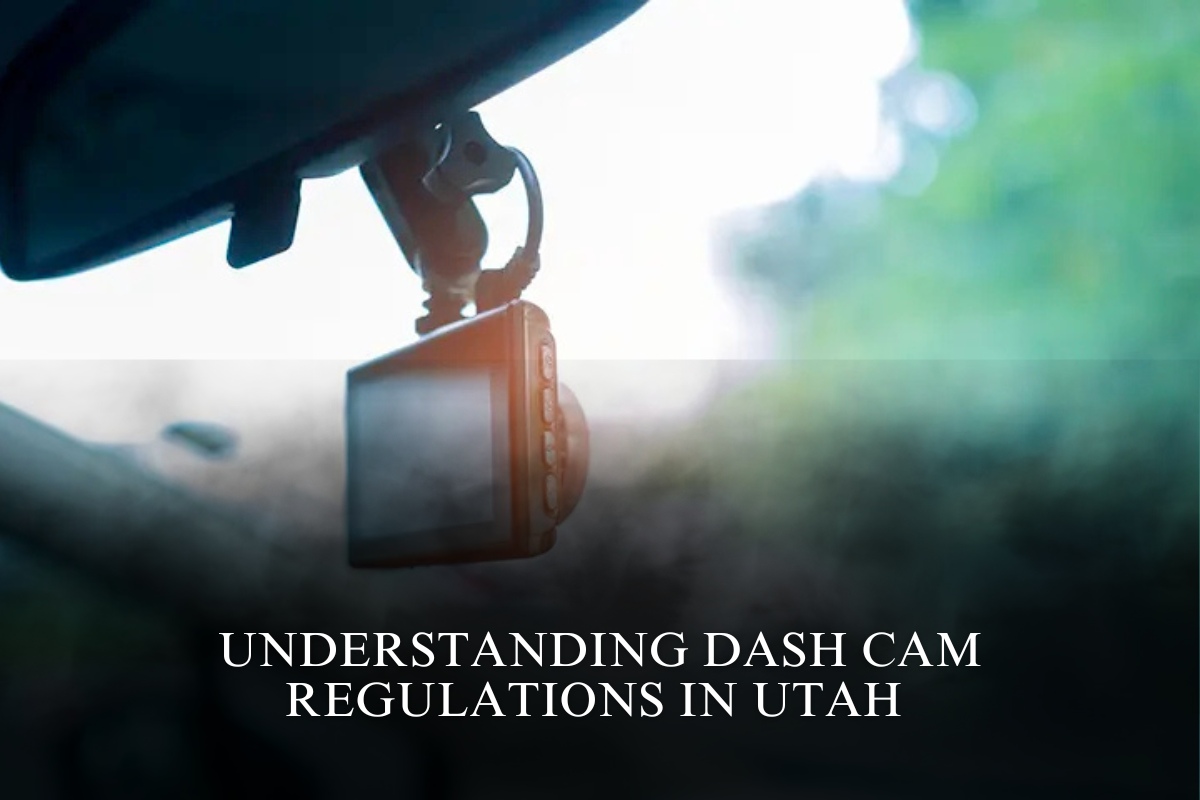Thunderstorm Warning in Western New York, Tornado Alert Issued for Tri-State Area – Including Philadelphia
Severe weather is making headlines as a thunderstorm warning has been issued for parts of western New York, while a tornado alert has been extended across the Tri-State Area, impacting cities like Philadelphia, along with nearby regions such as New Jersey and western New York.
The thunderstorm warning is currently in effect for Genesee, Livingston, Monroe, and Wyoming counties in New York. While tornadoes are possible, meteorologists stress that the actual likelihood of one forming remains very low.
According to the National Weather Service (NWS):
“The storm that triggered the warning has weakened below severe levels and no longer poses an immediate threat to life or property. As a result, the warning will expire soon.”
Still, residents from Philadelphia to upstate New York are urged to stay alert and take precautions as unpredictable storm patterns can evolve quickly.
Lightning Safety: What You Need to Know
Each year, lightning strikes the U.S. about 25 million times, mostly during summer. Sadly, around 20 lives are lost annually due to lightning-related incidents. Whether you’re in Philadelphia’s city parks or suburbs, being prepared is key.
Quick Safety Tips:
- Have a safety plan ready in case lightning strikes nearby.
- Watch for dark clouds and listen for thunder. If you hear it, lightning is close.
- Go indoors immediately when thunder roars.
Once You’re Inside:
- Avoid using corded phones, electrical appliances, and plumbing (like sinks or bathtubs).
- Stay away from windows and doors—lightning can travel through wiring and plumbing.
- Wait at least 30 minutes after the last thunder or lightning flash before heading back outside.
Remember: Lightning can strike even after a storm seems to have passed.
Caught Outdoors During a Storm? Do This:
If you’re outside with no access to shelter—whether in Philadelphia’s open spaces or campgrounds—follow these safety steps:
- Steer clear of open fields, hilltops, and ridges.
- Avoid standing under isolated tall trees. If you’re in the woods, stay near shorter trees.
- If you’re in a group, spread out to minimize risk.
- If camping, avoid open areas—choose low-lying valleys or ravines. Tents don’t protect against lightning.
- Avoid contact with water, metal objects, and wet gear, which conduct electricity.
How to Drive Safely in Heavy Rain
Heavy rainfall—like what’s expected across the Philadelphia area—can make roads dangerous. Use these tips from the NWS to protect yourself:
- Stay away from drainage ditches or fast-moving water on foot or in your car.
- Extend your following distance from the usual 2 seconds to at least 4 seconds.
- Brake and turn slowly to prevent skidding.
- Stick to middle lanes, which are less likely to flood.
- Use headlights to boost visibility and check your blind spots frequently.
- Be cautious during the first 30 minutes of rain, when roads are slickest due to oil and grime.
- Keep your distance from large trucks or buses—they kick up water that can reduce visibility.
- If visibility gets too poor to drive safely, pull over to a safe location like a rest stop. Keep headlights and hazard lights on.
- If you stop on the roadside, pull over as far as possible, ideally beyond guardrails, and wait out the storm.
Final Reminder
Whether you’re in Philadelphia, New Jersey, or western New York, staying updated and following these safety tips can make all the difference during severe weather. Tune in to official weather alerts, follow local authorities, and stay prepared—your safety depends on it.

